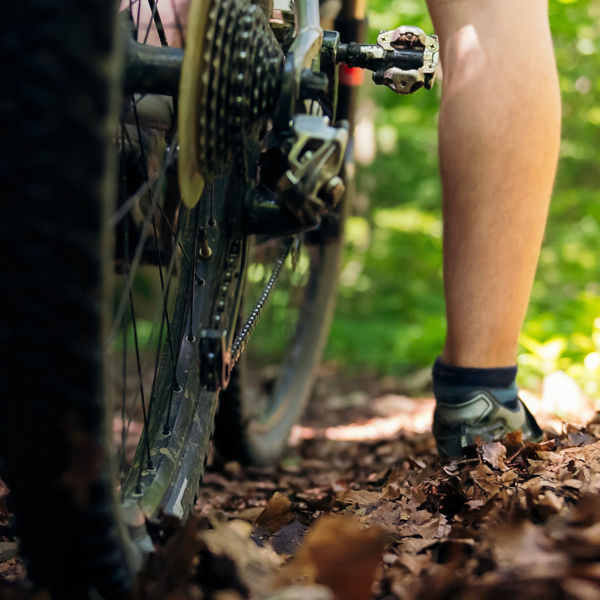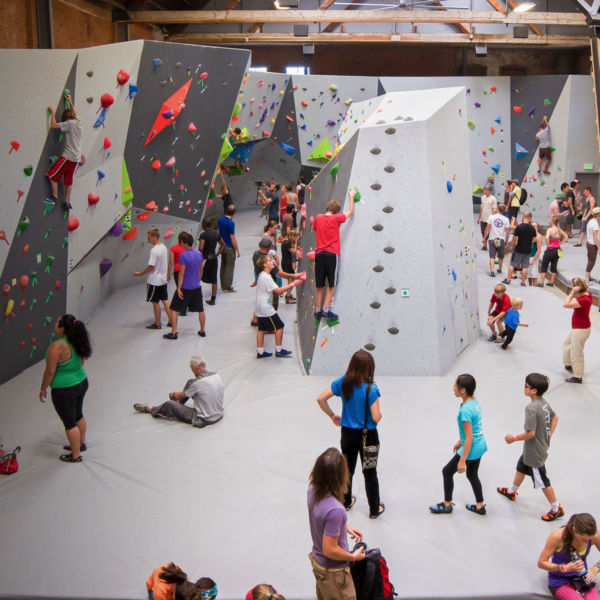
No, New York City isn’t Denver or San Diego when it comes to access to the outdoors. You don’t stand in midtown Manhattan and gaze upon the blue Pacific or hike right into the foothills of the Rocky Mountains. But, hey, the Rockies didn’t birth hip-hop, and good luck finding a decent thin crust in Southern California. This is New York after all, the largest city in the U.S., by population, with five boroughs home to 8.9 million people, among the most diverse on earth. New York bore us the Sons of Liberty and Ella Fitzgerald. It gave us breakfast sandwiches, Seinfeld and the Wu-Tang Clan.
And past the rich history and institutions of American culture, beyond Broadway there’s also great fun to be had outdoors. New Yorkers have found (or developed) numerous adventures between the sidewalks, bridges and skyscrapers. Keep in mind, however, that NYC’s climate is bipolar. Winters are famously harsh with wind and ice, and summers can be, too, when a heatwave takes hold—though that doesn’t keep New Yorkers inside. Just bundle up December through April and have some smart footwear for adventure in the warmer months. (Tip: September and October are amazing!). And the wildlife is more than just pigeons and subway rats.
So, experience the best of the Big Apple by framing your next visit around the city’s plentiful outdoor activities, instead of the overcrowded tourist-site mainstays. Take your pick: Go mountain biking in the morning, ride the subway to surf or kayak, and finish the day dining outside at Umberto’s Clam House in the midst of Little Italy, all within this pulsing metropolis.
Central Park
Any list of New York outdoor adventures must start with the green space that defines the city and occupies the middle of Manhattan: Central Park’s 843 acres of recreational opportunity.
Historians tell us that in the early 1800s, the area north Midtown (originally Lenape land prior to Dutch settlement in the early 1600s) was largely an African-American community called Seneca Village. And it was a thriving one at that, with farms, homes (owned by African Americans even prior to the Civil War), schools and churches. The state of New York began the legal process of setting the area aside as the nation’s first landscaped public park by the 1950s, acquiring the land through eminent domain (sparking controversy on whether the landowners were paid a fair price to relocate). The rather unique area of swamps, rocky outcroppings and bluffs quickly became a widely used outdoor space within the growing metropolis, which it remains today, a recreational outlet open to people of all backgrounds.
In addition to the countless runners, walkers and cyclists that use the park daily, snowstorms will bring cross-country skiers as well. There are families fishing in the summer and bird watchers enjoy incredible opportunities that often get overlooked. Many species make their nests here, including birds of prey like owls, falcons, hawks, and kestrels. You can watch loons, ducks and egrets in the lakes. And when migratory birds travel through the Atlantic flyway, Central Park provides a lush, natural area in which to stop. You can even sign up for a guided birding tour.
Go ice skating at Wollman Rink in the winter. Sunbathe at Strawberry Fields in the summer. Run a 1.7-mile loop around the Jacqueline Kennedy Onassis Reservoir. You might even take a walk and learn about the edible plants within the park with a local naturalist. And since you’re in the city, anything you need is just a walk away—especially great food. Of course, Tavern On The Green has been a prestigious mainstay since 1934, but you’ll also find some of the best Italian food in the country nearby, including dozens of amazing pizza joints just blocks from the park, or whatever else you’re craving from burritos to souvlaki, tandoori to crepes.

































